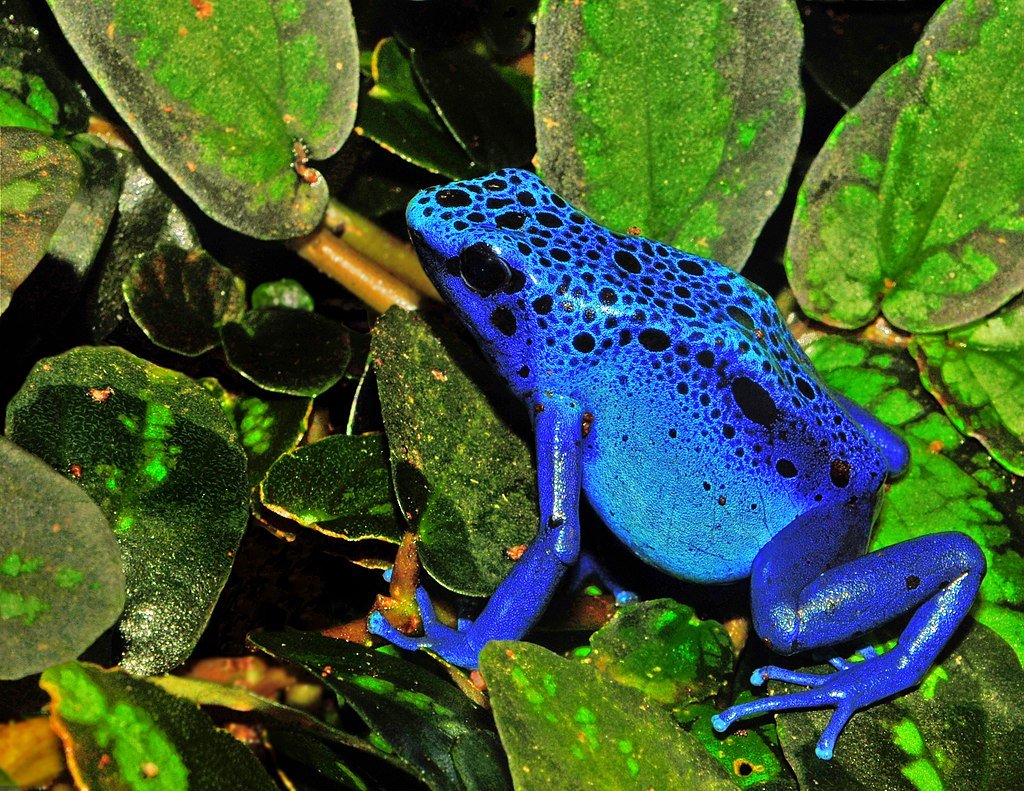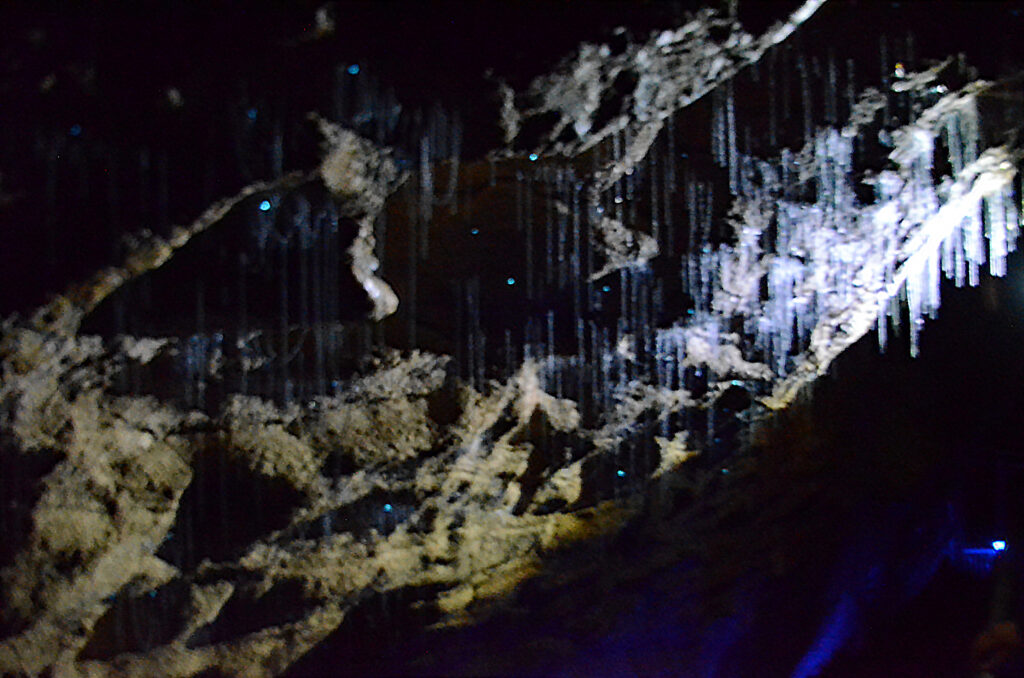Deep within the unmapped depths of the Brazilian Amazon, where the rain forest reverberates with life unseen by human eye, researchers have chanced upon an animal so dramatic it appears to have been plucked from legend. Step forward Ranitomeya aetherea, a recently found poison dart frog with its glistening sky-blue stripes, a living gem concealed under the emerald leaf cover. The finding, reported in PLOS ONE, is the first to its genus in a decade and illustrates just how much of the Earth’s diversity is unknown.
An Expedition Into the Unknown
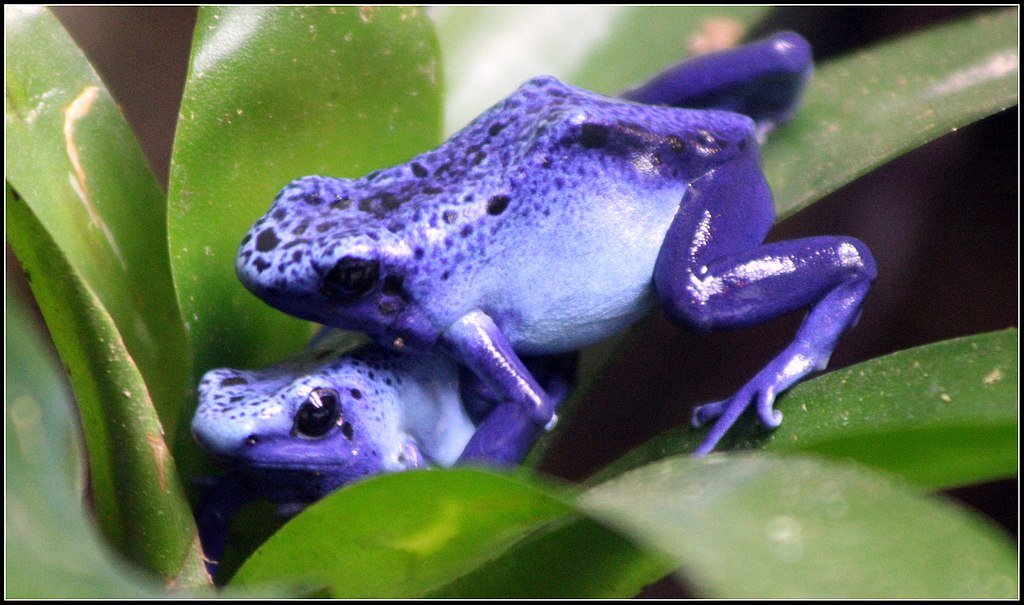
To reach this rare amphibian, scientists from Brazil’s Instituto Nacional de Pesquisas da Amazônia and the National Museum of the Czech Republic went on an arduous quest. Following a harrowing flight in a small aircraft, they braved a 10-hour boat journey down the winding Juruá River, then trudged through dense undergrowth with the help of locals. Where were they headed? A lonely palm-filled glade, where forest floor murmured with hidden life. Here, under the wide leaves of bananeira brava, they saw the frog its cobalt colors shining like shards of daylight slicing through darkness.
A Frog Like No Other

At just 15 millimeters (0.6 inches) long, Ranitomeya aetherea is tiny but unforgettable. Its most arresting feature is the electric-blue striping that runs along its back a rarity among poison dart frogs, which typically flaunt reds, yellows, or greens. The creature’s copper-hued legs, speckled with chocolate-brown spots, and its unusually wide head further set it apart. Genetic analysis confirmed it as a distinct species, the first in its genus since 2013.
A Love Song in the Rainforest
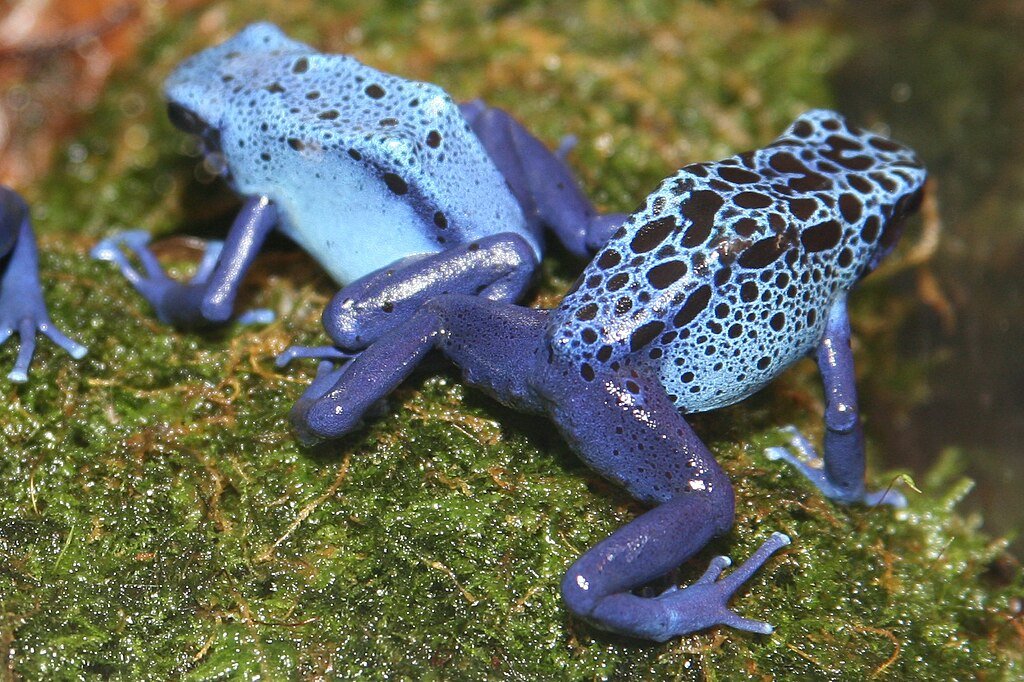
Each frog possesses a love language, and this frog communicates in ultrasonic, staccato bursts. Scientists taped its distinctive courtship call a rapid-fire sequence of 16 to 35 syllables, each one no more than 8 to 16 milliseconds long. Unlike the long, cow-like croaks of typical frogs, this serenade is probably designed to punch through the rainforest’s perpetual thrum of insects and birds. Curiously, the frogs change their behavior during rainstorms, becoming more vocal because the downpour dampens other competing noises.
A Master of Hide-and-Seek
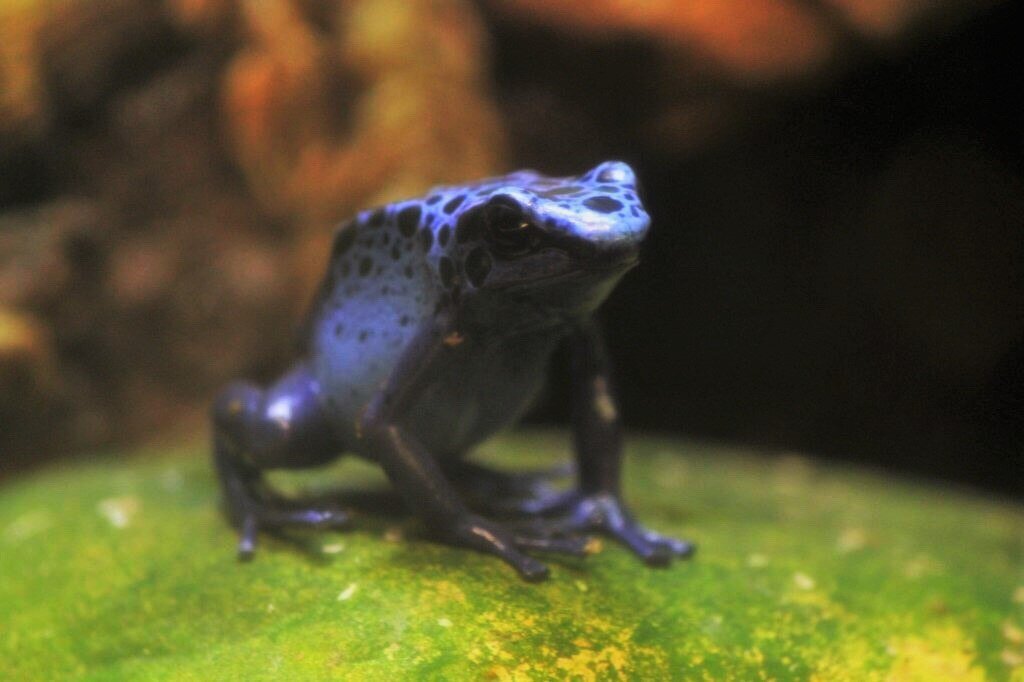
In spite of its brilliant coloration, Ranitomeya aetherea is a master of disappearing. The researchers saw it only in a very small corner of the forest, where it seeks refuge under dead palm fronds. It does not ascend trees with some poison dart frogs’ reckless abandon but rather likes the moist seclusion of the ground. Its narrow range puts immediate questions in one’s mind: May it already be threatened by deforestation or global climate change?
The Poison Dart Frog Paradox
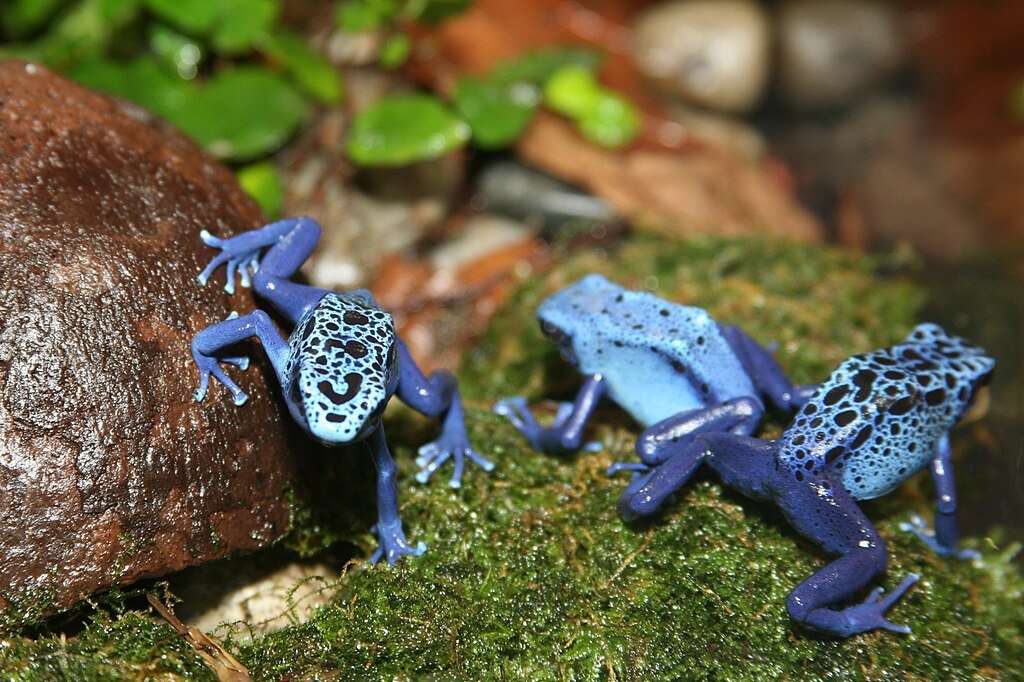
As with its cousins, R. aetherea probably carries toxins, a defense mechanism acquired in its diet of mites and ants. However, its strength is not known. Some poison dart frogs produce chemicals so toxic that native hunters once used them to poison blow darts. But this new species’ remote habitat means it may have evolved differently. Could its toxins hold medical potential, or does its isolation make it more vulnerable? Researchers are racing to find out.
Why This Discovery Matters
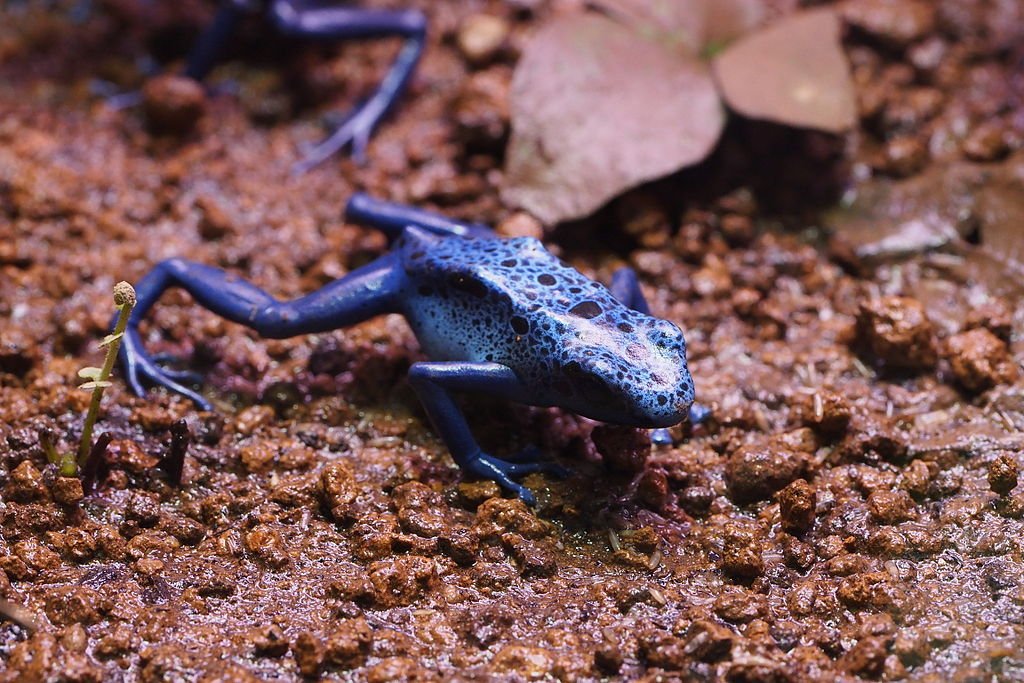
The Amazon is often called Earth’s “lungs,” but it’s also its greatest living library each species a volume of evolutionary wisdom. Ranitomeya aetherea’s discovery is a thrilling reminder that even in 2024, our planet still harbors secrets. Yet, with the Amazon losing 10,000 acres of forest daily, how many undiscovered creatures vanish before we ever glimpse them?
This cerulean wonder is more than a scientific novelty it’s a beacon, urging us to protect the wild places where magic still thrives. As one researcher put it: “We didn’t find this frog. It allowed us to find it.” The question now is whether we’ll ensure its home endures long enough for future generations to do the same.
Sources:

Jan loves Wildlife and Animals and is one of the founders of Animals Around The Globe. He holds an MSc in Finance & Economics and is a passionate PADI Open Water Diver. His favorite animals are Mountain Gorillas, Tigers, and Great White Sharks. He lived in South Africa, Germany, the USA, Ireland, Italy, China, and Australia. Before AATG, Jan worked for Google, Axel Springer, BMW and others.

